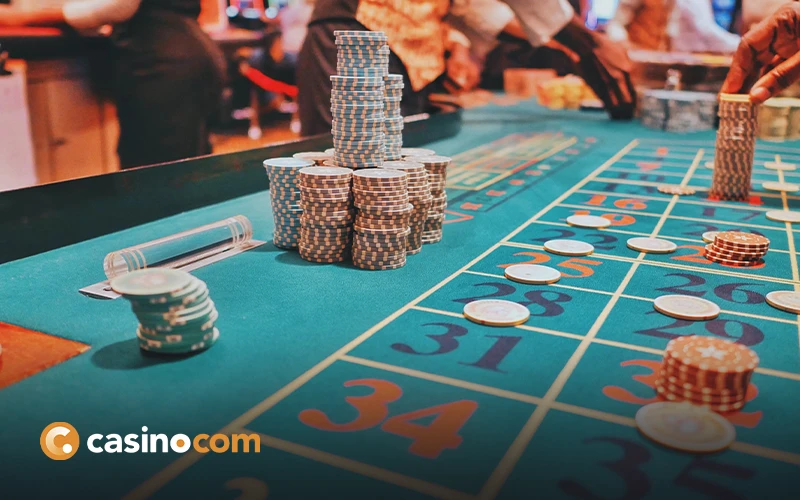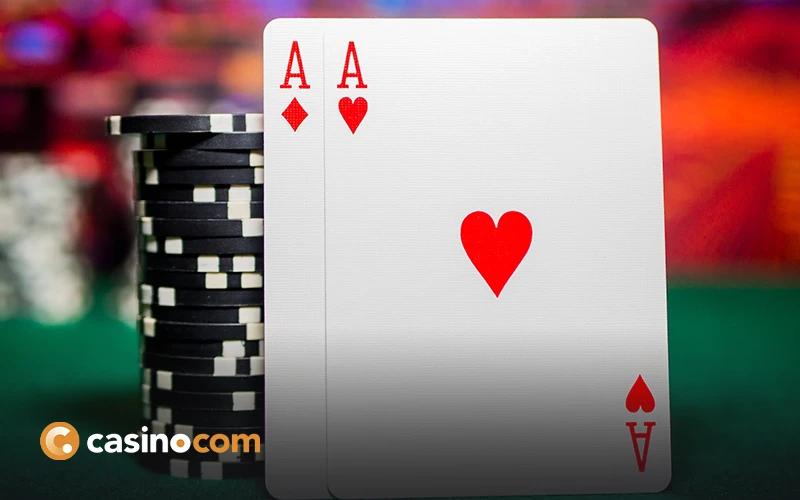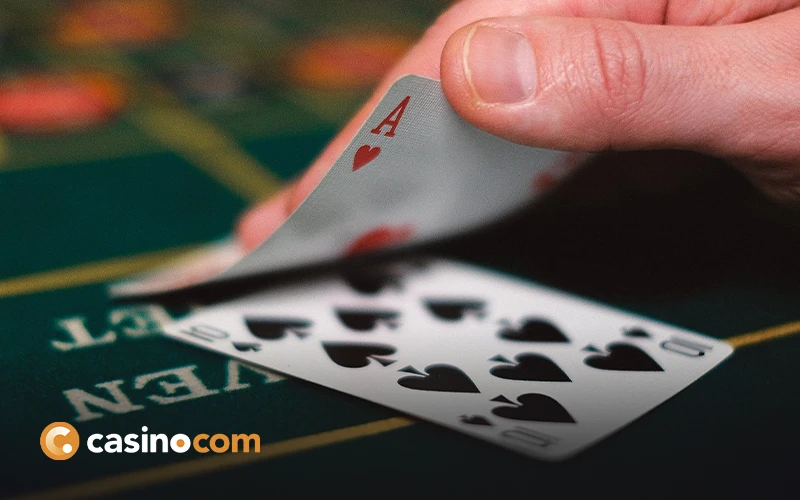Humans have evolved to find patterns, and our brains are so wired to this pursuit that we can be tricked into seeing connections where none exist. This is perhaps why, in games of chance, humans have problems understanding exactly how odds and betting work. There are many areas in life where this reality can cause problems, but in gambling, we have an advantage. With statistical analysis, we can track down the real odds of betting ideas and strategies, to see how they really work.
In approaches like Romanosky’s betting system for roulette, mathematical understanding leaves us with one inescapable conclusion – the strategy simply doesn’t work. Of course, that doesn’t mean that it should never be tried. Strategies in betting can be about trying new things and testing your luck to see where fate will inevitably lie. In terms of predicting success, however, the Romanosky system, like the Labouchere system, won’t help you win.
What is the Romanosky Betting System?
Invented by Russian gambling enthusiast Igor Romanosky, the aptly named Romanosky system works from the idea that placing strategic roulette bets can reduce loss chances over time. Note that while a statistical loss reduction can be achieved, elimination of risk is not and will never be possible.
One important thing to note before we explore the strategy is that this system can only work on roulette tables featuring a 00 pocket. This includes roulette wheels like the European variant while excluding the American roulette variant.
With all that in mind, there are six different forms of a Romanosky bet, all of which cover the middle column. In total, each of these bets will cost eight units, covering 32 numbers and leaving five out. For a more in-depth look, let’s examine the choices individually.
Romanosky Betting Type 1
- One unit bet on corners 13-17 and 20-24
- Three units bet on dozens 1 and 3
Romanosky Betting Type 2
- One unit bet on corners 25-29 and 32-36
- Three units bet on dozens 1 and 2
Romanosky Betting Type 3
- One unit bet on corners 2-6 and 7-11
- Three units bet on dozens 2 and 3
Romanosky Betting Type 4
- One unit bet on corners 14-18 and 19-23
- Three units bet on dozens 1 and 3
Romanosky Betting Type 5
- One unit bet on corners 1-5 and 8-12
- Three units bet on dozens 2 and 3
Romanosky Betting Type 6
- One unit bet on corners 26-30 and 31-35
- Three units bet on dozens 1 and 2
No matter which betting type you take, the odds of winning remain at 86.5%. This might seem too good to be true, but in the next section, we’ll explain why these odds alone don’t illustrate the full picture.
The profit of each of these bets is a static one unit. This means winning on a $2 unit bet would return $2, $10 would return $10, and so forth.
Flaws Within the System
Good odds are great for helping confident play, and if you want just to land some wins, then the Romanosky system can be a great place to start. The problem here is that to achieve these odds the player must wager eight units, where the maximum profit from a winning bet is only one unit.
This means that the player would have to win eight times to make enough profit to earn one extra bet. Possible, certainly, but not a sure thing. If you’re playing $1 units, this means a lost bet will cost you $8. For more dramatic bets of $5 a unit, a single loss would mean taking a $40 hit. An 86.5% chance to win is great, but it needs to be measured against the total betting loss risk.
The Importance of Playing Safely
The Romanosky system’s odds of winning are rare, but they can also give a false sense of what is realistically possible. This again ties into the way the human mind works, where our brains constantly search for patterns and understanding, even beyond rational thought. It’s this part of us that can make gambling problematic, no matter how smart or accomplished the gambler is.
The one positive development to come of this complication is that there is also a wide net of support systems for players out there with gambling issues. From setting up your own rules of bankroll and betting to professional tools that place locks on wagering amounts, there’s a lot to help keep the interested player safe.
Going a step further, players can also contact help directly with local or international services. These free and confidential systems have helped gamblers from all over the globe to identify and address areas of concern. Remember, there’s no shame in getting help, and acknowledging and confronting a part of yourself you’re not confident with is a sign of real personal development and strength.





